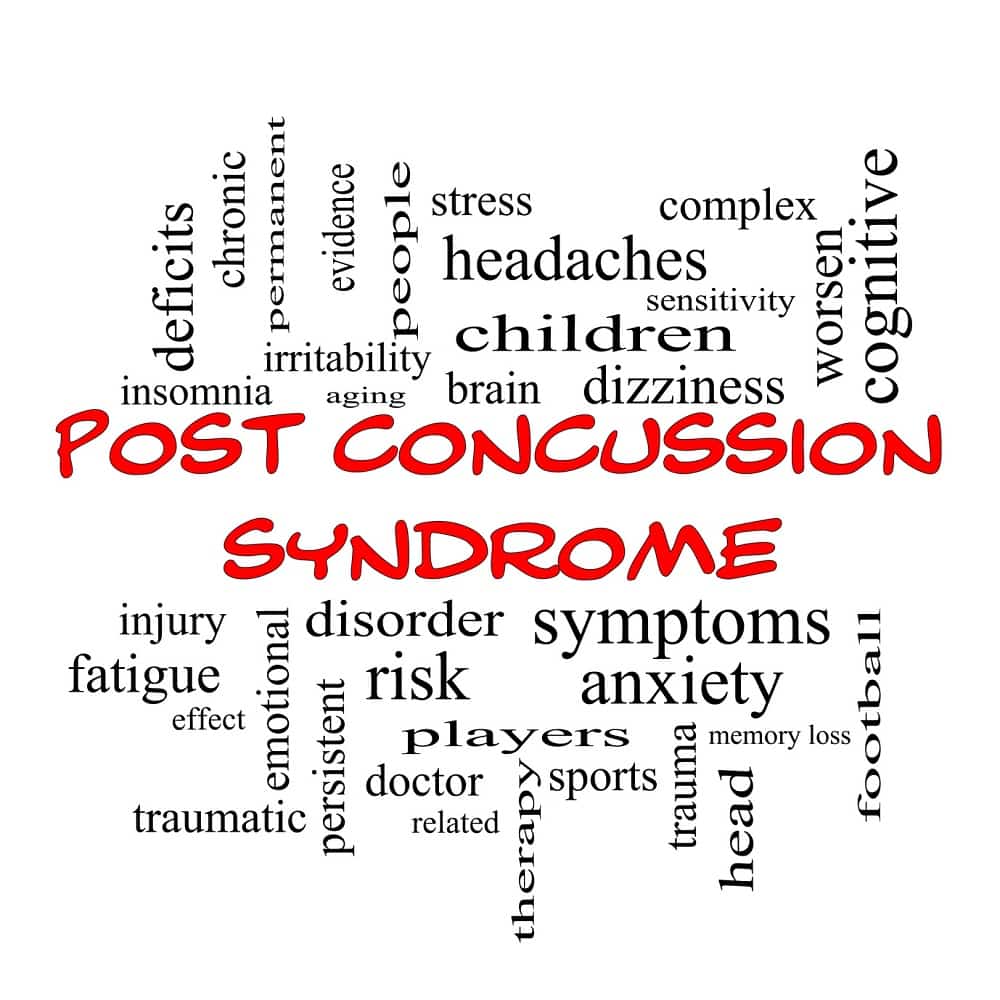Our third blog in the concussion series will take a look at what post-concussion management looks like from a physical therapy point of view. If you haven't had a chance to read our first two installments in this series – "What is a concussion?" and "How often do concussions occur in sports?" – take a moment to go back and check those out!
According to Smith (2012), physical therapists that undergo first responder certification training are adequately prepared to act appropriately in the case of an acute concussion, as well as in the examination and diagnosis of a concussion. So, in the case of a concussion event, what happens next?
First, there should be NO return to play on the same day a concussion event occurs (National Athletic Trainers Association 2012 Position Stand). An athlete should have approximately 4-10 days of "physical and cognitive rest" following a concussion. This practice has been challenged in the literature; with studies citing full rest from visual, physical, and cognitive stimuli may be more detrimental to the athlete, given their advanced baseline stressors and activity.
If the athlete is symptomatic – meaning they are showing signs of physical, sensory, or cognitive deficits – the athlete should be monitored in a multi-disciplinary approach including physicians, physical therapists, vestibular specialists, and often-times sports psychologists. These deficits may include (but aren't limited to):
- Cognitive deficits: fogginess, difficulty concentrating, memory deficits, fatigue
- Somatic deficits: headaches, dizziness, nausea, light sensitivity
- Sleep Dysregulation
- Mood disruption: irritability, sad feelings, anxiety, depression
Sports concussions usually resolve in less than 10 days, and if they last longer may indicate post-concussion syndrome. Further, it is important to note that you are evaluating what the patient's symptoms are when at rest.
If the athlete is not symptomatic at rest, they may advance through progressive evaluation and treatment. Treatment includes graded (progressive intensity) sub-threshold (less than maximal exertion) physical and cognitive tests. These may be in the form of treadmill testing, balance testing, ocular control (how well can the athlete focus, shift their focus, and maintain focus on one object while moving their head), low to high impact testing, and eventually return-to-sport testing. The final phase (return to sport) challenges the athlete as they would be challenged during practice and competition in environments that are progressively less controlled and will vary depending on the sport participating in. According to the APTA's Vision 2020, the athlete should not return to play until evaluated and cleared by an appropriate healthcare provider.
References:
Smith D. Are all physical therapists qualified to provide sideline coverage of athletic events? Int J Sports Phys Ther. 2012;7(1):120-123.





